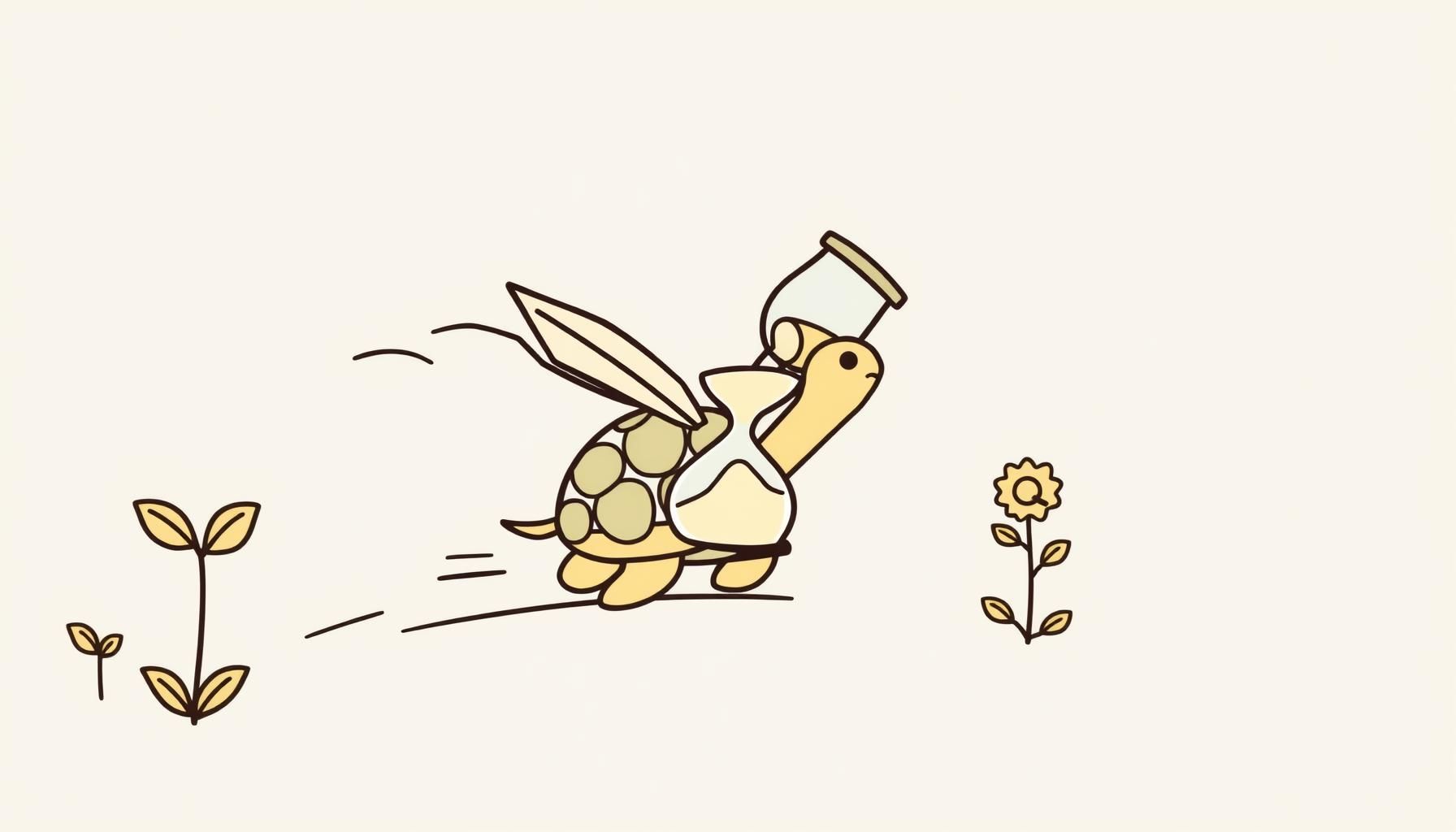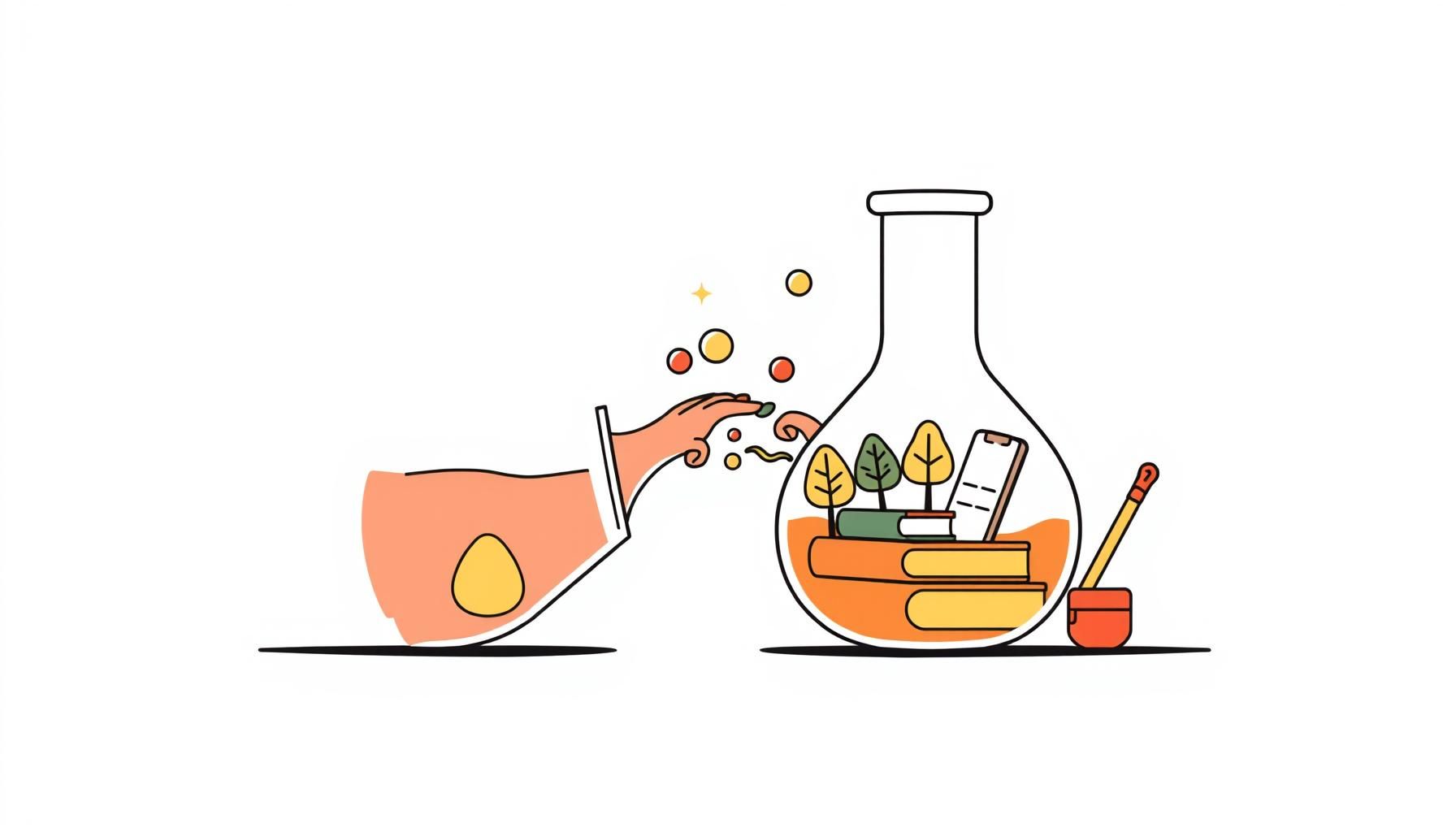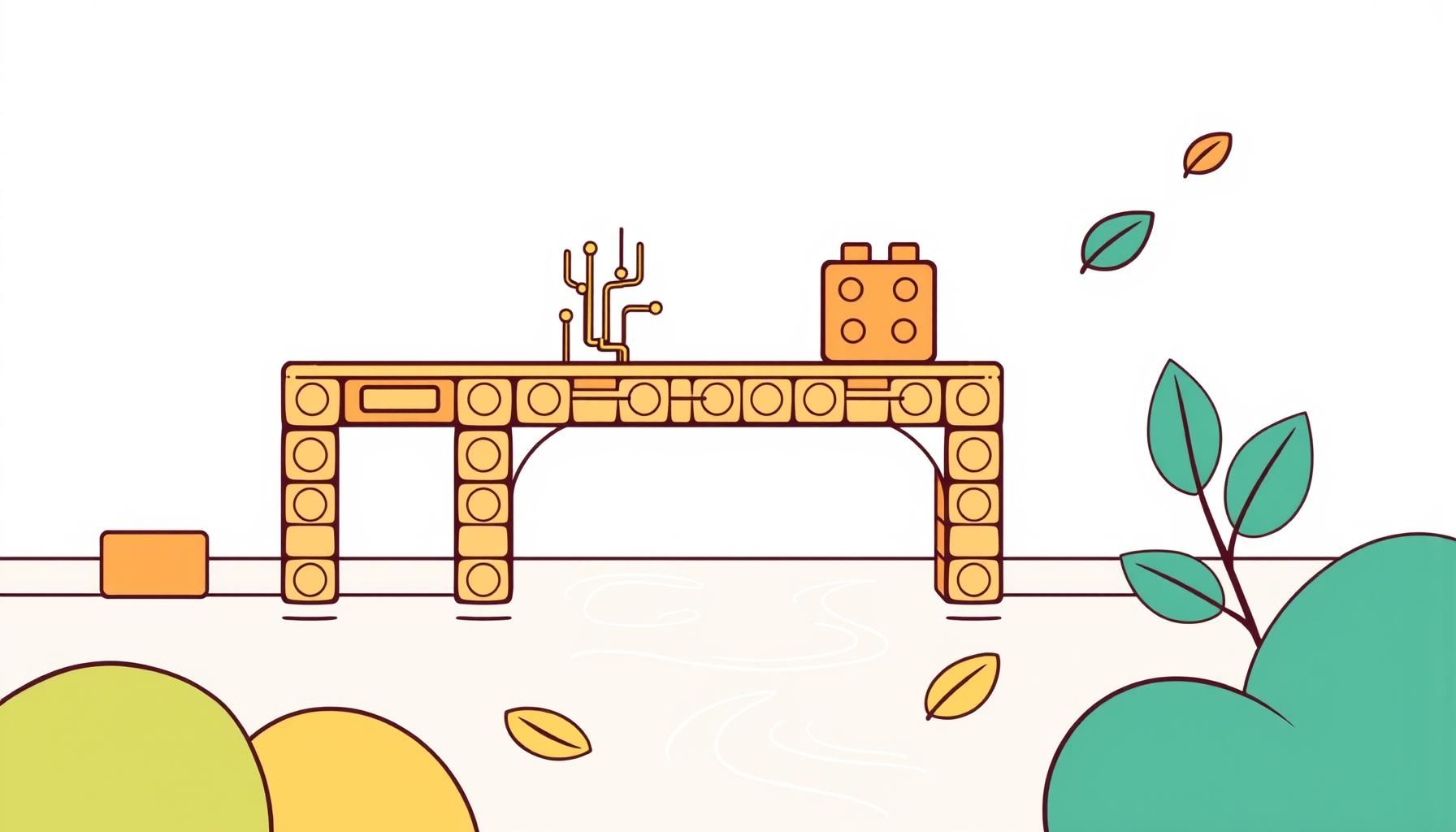
AI Gets Straight A’s. But Can It Build a LEGO Castle?
The other evening, enjoying the last warm whispers of August at the park, I watched a group of kids trying to build a fortress out of sticks and leaves. It was messy, illogical, and absolutely brilliant. No one was grading their project. The joy was in the trying, the collaborating, the hilarious collapse, and the starting over. It got me thinking about a headline I saw: AI systems are acing all their tests, getting perfect scores on everything from math to medicine. But like a child who can ace a spelling test but struggles to tell a captivating story, there’s a massive difference between scoring well in a controlled environment and thriving in the beautiful, unpredictable chaos of the real world. And for us parents, that gap is where the most important work happens!
Why Do AI’s Perfect Scores Miss Real-World Skills?

Let’s dive into this, because it’s absolutely fascinating! The news is buzzing about how new AI can pass bar exams and medical boards. These are what experts call “benchmarks.” Think of them as standardized tests for machines. They’re designed to measure specific skills in a neat, tidy box. But here’s the kicker: these tests tell us very little about how these tools will actually perform in our messy, dynamic lives. They don’t measure nuance, context, or the ability to interact with a confused, curious human—like one of our kids trying to figure out why the sky is blue!
It’s like looking at a single number to judge success. You’d never judge a family vacation solely on how quickly you reached the destination, right? You’d miss the goofy car ride songs, the unexpected detours, the shared snacks. The journey is the whole point! These AI benchmarks are just measuring the arrival time. They’re missing the entire, glorious road trip. And when we’re thinking about tools that will shape our children’s world, we HAVE to look beyond the test score and ask what kind of journey they’re encouraging.
Parenting in the AI age means recognizing that real-world skills like creativity, adaptability and hands-on problem-solving can’t be benchmarked—they’re built through lived experience.
How Can Questions Shape AI’s Role in Child Creativity?

Here’s something that’ll light up your parenting soul: A mind-blowing study from MIT Sloan revealed something incredible. When it comes to getting great results from these smart tools, the power of the model itself is only half the story. The other half? It comes from the user! From the way we ask questions, refine our prompts, and guide the conversation. This is HUGE! It means we aren’t passive consumers of technology; we are active co-creators. Our curiosity, our creativity, our ability to frame a problem—that’s our superpower, and it’s the most vital skill we can pass on to our kids.
Think about it. We teach our children to say “please” and “thank you,” not just to be polite, but to build connection. In the same way, teaching them how to ask thoughtful, creative, and even wonderfully weird questions of these new tools is about more than getting a better answer. It’s about nurturing an inquisitive spirit that will serve them for life. The research confirms it: our engagement matters just as much as the machine’s programming. How empowering is that?!
Nurturing child creativity with AI becomes a dance—our questions lead, technology follows.
Why Does Slower Learning Build Better Real-World Skills?

Get this—A study looked at experienced developers using AI tools to help them code. Everyone assumed it would make them faster. The reality? It actually made them 19% *slower*. But here’s the wildest part: the developers themselves believed they had been 20% *faster*. Isn’t that an incredible insight into human perception versus reality? (You can read about it here). As parents, we see this all the time. The calculator might be faster for a single math problem, but the ‘slower’ path of working it out by hand is what builds a real, unshakable understanding of numbers.
This is a powerful, joyful reminder to celebrate the process, not just the speed of completion. It’s a call to embrace the glorious detours in learning! The crumpled-up drawings, the failed science experiments, the LEGO tower that keeps toppling over—these aren’t failures. They are the bedrock of deep learning, resilience, and genuine creativity. Rushing to the answer with a shiny tool can sometimes mean skipping the very part where the magic happens.
Parenting for real-world skills requires protecting these messy, slow moments—they’re where true growth happens.
What Lasting Impacts Does AI Have on Child Development?

So if the immediate score or speed isn’t the whole picture, what should we be looking at? Researchers are talking about “second-order effects”—the long-term ripples these tools create in our lives. It’s not just about whether an AI can write a book report; it’s about what happens to a child’s own voice and imagination when they rely on it. Do they learn the joy of finding the perfect word, of structuring a sentence that sings? Or do they just learn how to get the assignment done?
This is where our role as parents becomes so profoundly important. We are the guardians of that long game. We’re the ones who can turn a generated image of a star into a backyard stargazing session with a telescope. We’re the ones who can use a quick fact from a smart assistant as a jumping-off point for a deep, wondering conversation. We ensure that technology serves our ultimate goal: raising curious, compassionate, and resilient humans who can think for themselves.
The future-ready child isn’t defined by tech proficiency but by their real-world resilience and creativity.
Raising Real-World Wizards, Not Just Test-Takers

Alright, so what does this all mean for us on a Tuesday afternoon when homework is due? It means we can breathe a sigh of relief. We don’t need to be tech experts. We just need to be engaged, enthusiastic parents. Let’s get practical and joyful!
- Be the Co-Pilot: Don’t just hand over the device. Sit with them! Explore together. Ask it silly questions. See if you can trick it. Turn learning into a playful, shared adventure where you’re both discovering its limits and possibilities.
- Champion the Messy Middle: When your child builds something with their own two hands, or writes a story with their own quirky imagination, celebrate that effort with explosive enthusiasm! Praise the process, the creativity, the sheer courage it takes to make something new. This builds confidence that no perfect score ever could.
- Build Bridges to the Real World: Use these tools as a spark, not a substitute. Did an AI show you a picture of a Roman aqueduct? Awesome! Now grab some blocks, toilet paper rolls, and see if you can build one across the living room floor. Anchor every digital discovery in a tangible, hands-on experience.
- Master the Art of the Question: Instead of asking for “a story about a dragon,” what if you prompted, “Tell me a story about a tiny, shy dragon who is afraid of heights but dreams of flying to the moon to eat cheese”? Model how a great question opens up a world of creativity. This is a life skill, pure and simple.
Ultimately, these tools are just that—tools. They’re like clay—we mold their impact through how we use them. By focusing on real-world application, celebrating the learning journey, and nurturing our kids’ incredible capacity for curiosity, we can ensure they’re not just ready for a test. They’ll be ready for life. And that’s a report card we can all be proud of. Those sandbox moments? They’re where lifelong resilience is built—one toppled block tower at a time.
When balancing AI and parenting, remember: the sandbox beats the screen test every time.
Source: AI systems are great at tests. But how do they perform in real life?, The Conversation, 2025-08-24
